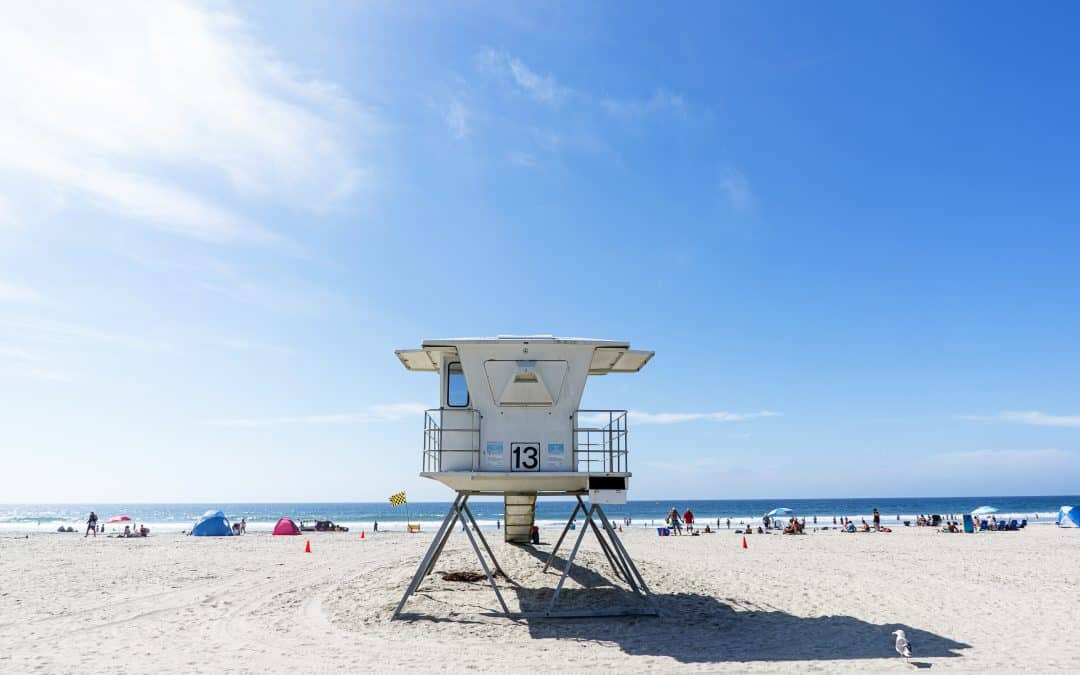Use a Kayak to Appreciate Mission Bay and San Diego’s Beauty

You like kayaking and want to try it out. But, there is a little issue preventing you from entering the water. You’re afraid it’ll be difficult to learn and will take a lot of agility and power. You feel that paddling will put you at great risk if your boat capsizes. Suppose you’re worried about the rough waves and high winds catching up with you on the lake.
So, we’ll address those concerns. Finally, we hope you’ll find kayaking a simple and enjoyable way to enjoy the outdoors while seeing and appreciating Mission Bay and San Diego’s natural beauty.
Is It Easy to Use a Kayak for a Mission Bay and San Diego Tour?
Kayaking is easier to learn than you may believe. To paddle efficiently, you need a few basic skills. You’ll need a skilled guide or teacher to teach you how to enter and leave a kayak, do the forward and sweep strokes for turning the boat, and a few safety courses. With these abilities, you are ready to start kayaking.
In terms of strength and athleticism, only a little is necessary. Indeed, having a lot of strength makes learning how to paddle effectively harder. Most individuals with many arms and upper body strength prefer to kayak using their arms, which is inefficient and soon leaves you sore and weary. The right technique to paddle is to move your boat forward by engaging your trunk and core, placing your paddle in the water, and turning your core to nearly drag your body toward the paddle.
The arms are designed to support the paddle, but most people believe digging their paddles in and pushing back on them would propel their kayaks ahead. Paddling, on the other hand, is a basic body rotation idea that most novices quickly comprehend. Women with a stronger core and a lower center of gravity are more likely to understand the notion than males.
Always pay attention to what’s happening in your arms when paddling. If they are painful and tired while you paddle, you are most likely not utilizing your core enough.
Is It Safe to Use a Kayak in Mission Bay?
Kayaking is a popular summer pastime; a fresh set of individuals attempt it for the first time each year. But, with new activities come new concerns. Is kayaking risky?
Kayaking may be risky if you don’t know what to look out for and how to prepare. But, if you are informed about kayaking hazards, are prepared for the weather, and have the necessary safety equipment, kayaking is an incredibly safe and entertaining pastime to enjoy on the water.
Are There Any Rules in Mission Bay Before Kayaking?
Mission Bay and the water off the coast of San Diego are subject to various federal, state, and community rules. The following are some of the key rules:
- General Vessel Speed. No one may operate a vessel faster than five (5) miles per hour within 100 feet of a swimmer or surfer or 200 feet of a swimming beach.
- Ocean Vessel Speed. No one may run a vessel faster than five (5) miles per hour inside 1,000 feet of San Diego’s coastal shoreline. Mission Bay has its own set of boating laws.
- Mission Bay Vessel Speed. From sunset to sunrise, the speed restriction on Mission Bay is five (5) miles per hour. Some regions sometimes have a speed restriction of five (5) miles per hour or fewer. Here are some examples:
- Near bridges
- Within 100 feet of the shore
- Wherever buoys are posted with a five (5) mile per hour limit
- Within 100 feet of another vessel
- Minimum Age. A motorized vessel with more than fifteen (15) horsepower may only be operated by people under the age of twelve (12). Children aged twelve (12) to sixteen (16) must be accompanied by an adult aged eighteen (18) to operate such a vessel. (There are a few exceptions.)
- Equipment. While equipment requirements vary based on the size and kind of boat, most pleasure boaters must have the following items on board when underway:
- One flotation device that can be thrown
- Each individual on board requires one wearable flotation device.
- One marine fire extinguisher for motorboats with a closed hull.
- If operating after sunset, navigation lights
- One sound-generating device
- One visual distress signal
- Registration cards, numbers, and appropriate stickers
Conclusion
Kayaking may be a delightful and relaxing hobby, but preparing for possible risks is essential to remain safe and enjoy your paddle.
Do you want to learn more about kayaking? Check out CSD kayaking tips for assistance on your next kayaking adventures.
